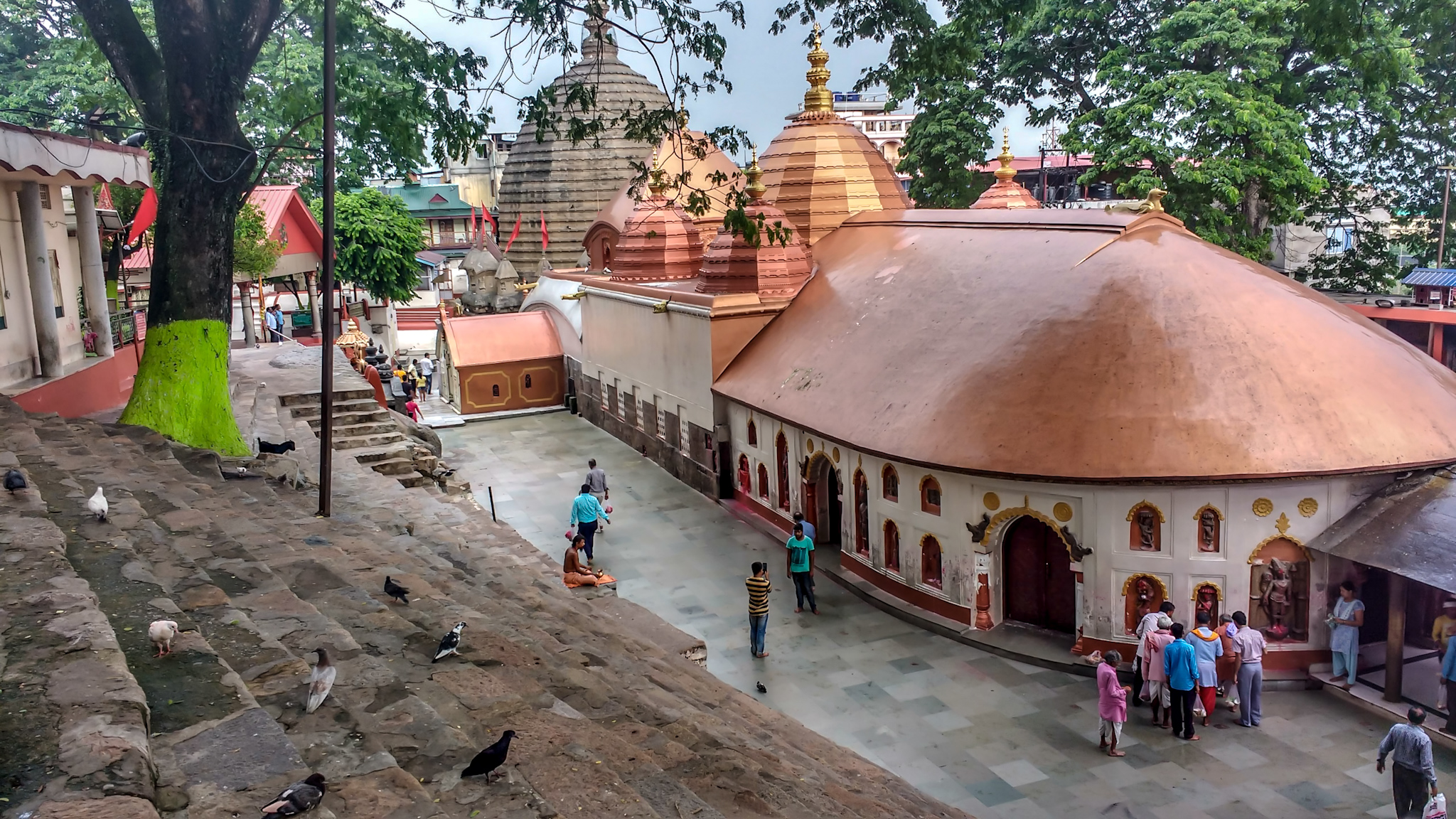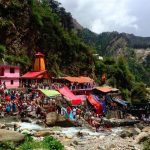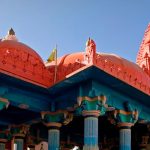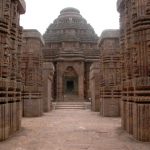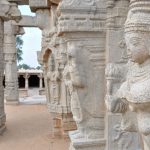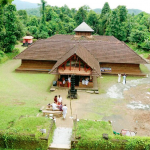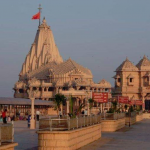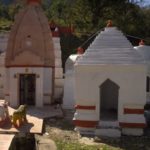The Kamakhya Temple in Guwahati, Assam, is a temple that pays homage to the Hindu mother goddess Kamakhya. With origins dating back to the 8th century, this temple is one of the oldest of the Shakti Pithas, or religious shrines dedicated to Shaktism. The temple consists of three mandapas (chambers) as well as the garbhagriha (inner sanctum), which houses the yoni that represents Goddess Kamakhya. Beautiful sculptures of Hindu gods and goddesses cover the outside of the temple. As of July 2015, the Bordeuri Samaj is responsible for the administration of Kamakhya Temple.
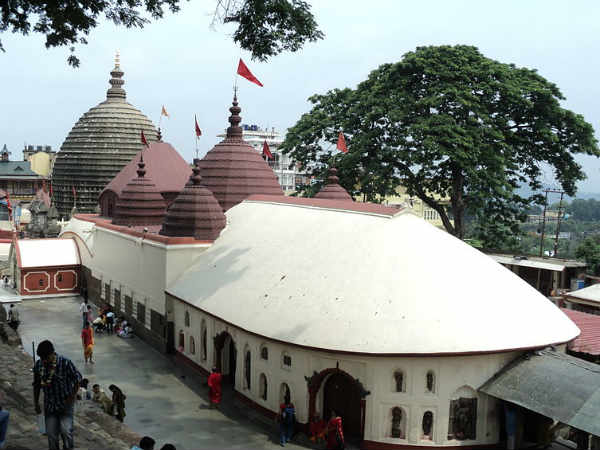
History
The Kamakhya temple history is a rich and varied one. Inscriptions from the Mlechchha dynasty first mention the Kamakhya temple. This indicates that the temple was constructed during the 8th century AD. During the 10th century, when the Pala kings ruled over Kamarupa, the temple became an important centre for worshippers of the Tantrik sect. The Kamakhya temple sacrifice ritual and sorcery is popular among this sect. According to Tibetan records, mystic Buddhism also arose during this period in Kamarupa.
During the 1500s King Viswasingha discovered the ruins of the temple. It was presumably destroyed during Hussein Shah’s invasion. Under Viswasingha’s son Nara Narayan, the temple was fully reconstructed by 1565. While most of the reconstructed version used the original remains of the temple, Nara Narayan’s architects rebuilt the stone spire as a brick dome in the style of Islamic architecture. The Ahom kings later commissioned further rebuilding of the temple.
While the Ahoms were members of the Shakta sect, it is only in the 1700s that the Kamakhya temple formally became a Shakta temple. The Singha rulers gave charge of the temple to Krishnaram Bhattacharyya, a well-known leader of the Shakta sect, and his descendants continue to take care of the temple today.

Legends
The Kamakhya temple, with its history of Tantrik worship and sorcery, is shrouded in mystery and wonder till this day. There are many famous legends about this temple that are worth recounting.
- The Kalika Purana describes the Kamakhya temple as one of the four main Shakti Pithas or places where the body parts of Goddess Sati fell. According to legend, Goddess Sati adored Lord Shiva at this temple. After she committed suicide, Lord Shiva carried out the dance of rage, Tandava. The Kamakhya temple marks where Sati’s yoni (genitals) fell during the dance.
- According to another Kamakhya temple story, Goddess Kamakhya once banned the entire Koch Bihar family from worshipping at her temple. Subsequently, they had to withdraw financial support from the temple. To this day, none of the descendants of the Koch Bihar family ever look up at the Kamakhya temple hill while passing it.
- Another famous Kamakhya temple mystery concerns its name. The name Kamakhya is derived from Kamadeva, the God of Love, who regained his lost virility after worshipping at this temple. Many devotees thus flock to attend the Kamakhya temple yoni puja where they worship the goddess’ genitals.
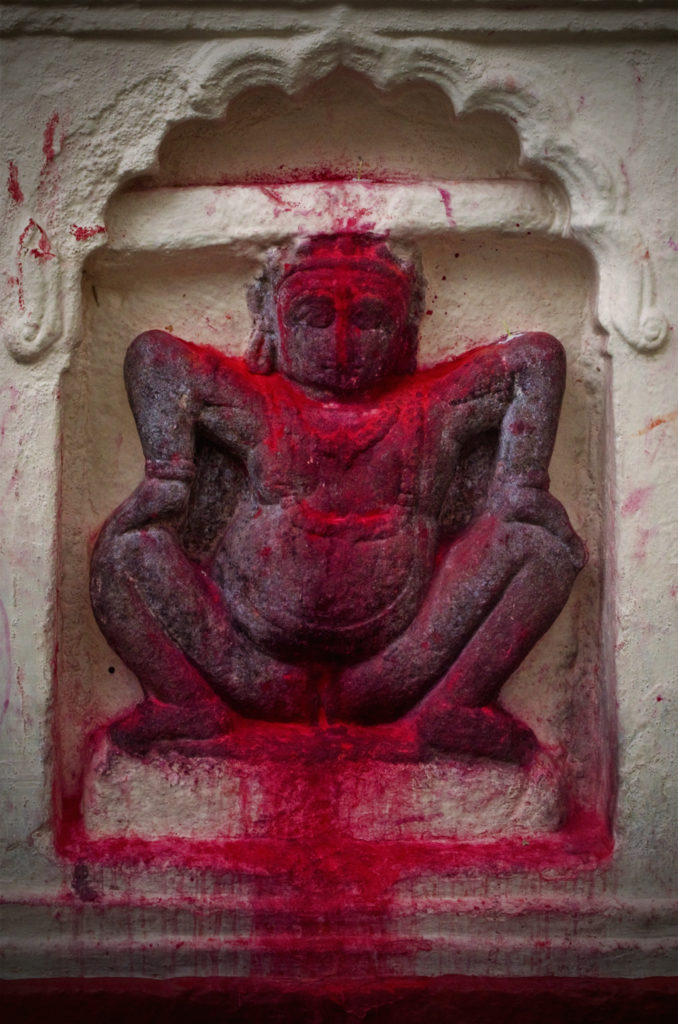
Worship
Kamakhya temple is a prominent centre of worship that still involves sacrifices. Many devotees come here with goats to sacrifice to Shakti. The temple does not witness the sacrifice of female animals. However, this rule is relaxed during special occasions of mass sacrifice.
The ancient Sanskrit text Kalika Purana describes Goddess Kamakhya as the ‘yielder of all desires’. A special form of sindoor is available at the temple, made from the temple rock itself. Tantra is an important part of worshipping the mother goddess. Devotees can worship Kamakhya by either the Dakshinachara (Right-Hand Path) or the Vamachara (Left-Hand Path) path of worship. While offerings to the goddess often include animal sacrifice, devotees may also offer flowers and fruits.
Several Hindu festivals take place at the Kamakhya temple. The Ambubachi Mela happens during the monsoon season and attracts thousands of Tantrik devotees each year. This festival pays homage to female fertility. Durga Puja, the iconic ten-day festival in honour of Goddess Durga, also attracts thousands of devotees. Another celebration at the temple is
Facts To Keep In Mind When Visiting Kamakhya Temple
- The climate of Guwahati, Assam is of the subtropical type with high humidity. The best time to visit is thus September to December when it is cooler.
- The temple is open on all days from 8:00 AM till sunset, with a break from 1:30 PM to 3:30 PM.
- During the month of June, the temple remains closed for three days as the goddess is said to be menstruating during those days. The waters of the Brahmaputra turn red and devotees receive this as holy water. This usually coincides with the Ambubachi Mela.
- Daily aarti happens at 5:30 PM and is a must-visit for devotees.
- You can’t take photographs inside the main temple.
- Additionally, the temple witnesses a huge footfall during the Ambubachi Mela and during Durga Puja.
- You can also visit Uma Manda temple which is located nearby. This temple dates back to the 17th century and pays homage to Lord Shiva. It is located in Peacock Island, which is a river island. The island also houses several Golden Langurs, an endangered species that thrive happily here. You can reach the island by ferry or motorboat from the Karachi Ghat near the Kamakhya temple.
How To Get To The Temple
Kamakhya Temple Guwahati is located around 20 kilometres from Guwahati Airport. You can rent a car and come to the foot of the Nilachal Hill, from where buses, taxis and auto-rickshaws regularly take pilgrims up to the temple. You can also take a train to Guwahati Railway Station, which is 6 kilometres from the temple, and hire an auto-rickshaw or taxi from there. The Assam Tourist Department also runs regular buses that connect the temple to different parts of Guwahati. For those of a more adventurous bent of mind, you can also climb the Nilachal Hill on foot by using a rock-cut staircase that leads you directly to the Kamakhya temple.
Places to Stay Near Kamakhya Temple
The best places to stay near the temple include tourist lodges, guest houses and home-stays with local priests. A temple-run guesthouse is also available. The tariff for most of these lodges fluctuates and reaches its peak during festivals like Durga Puja and Ambubachi Mela. To avoid paying exorbitant amounts, contact the accommodation front desk directly and do not rely on middlemen.

Those looking for hotels can choose to stay in Guwahati. Atop the Nilachal hills, Prashanti Lodge or Lalita Kanta Tourist Home offers hotel-style accommodation. Down below in Guwahati, there are multiple options ranging from budget-style hotels, to mid-range hotels, to luxury options.
There are several eateries in the vicinity of Kamakhya temple that offer simple local meals at cheap rates. Those seeking multi-cuisine meals can opt for restaurants in Guwahati.
Places to Visit Near Kamakhya Temple
- Navagraha Temple – This is an 18th-century temple that pays homage to the nine planets (
graha ). - Assam State Museum – Established in 1940, it is the most prominent multi-display museum in North-East India. It features multiple displays under Epigraphy, Sculptures, Folk Art, Arms & Ammunition, Natural History and Crafts.
- Basistha Ashram – This is a famous picnic spot as well as a pilgrimage site located in Dispur. It lies at the meeting point of three holy rivers – Lalita, Kanta and Sandhya – which represent the wives of the sage Vasishta.
- Accoland – This is a water-themed amusement park located 2 kilometres from Guwahati Airport. It features the biggest water coaster in the country, along with several other thrilling rides that will undoubtedly appeal to the whole family.
- Assam State Zoo – This is the largest zoo in North-East India. It features almost 900 animals and birds representing around 113 endangered species. Many people also call it the Guwahati Zoo.
The Kamakhya temple in Assam is truly a wondrous place for devotees and tourists alike. It is a compulsory stopping point for those on a tirth yatra, and is unique for its worship of the mother goddess’s fertility. The rich history of the temple and the mysteries that surround it will undoubtedly appeal to every visitor’s imagination. The Kamakhya temple is certainly a must-visit when you are touring the beautiful state of Assam.




